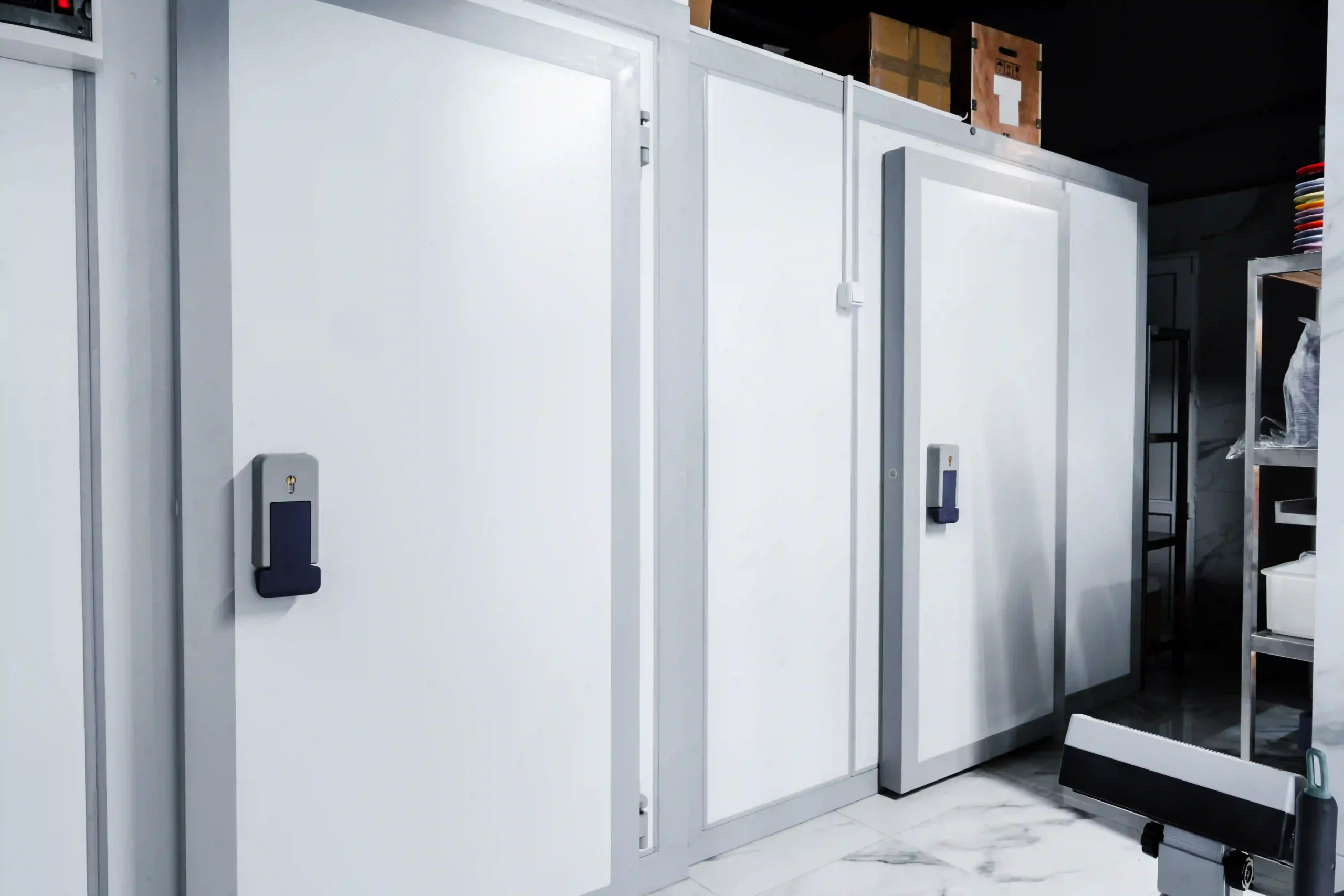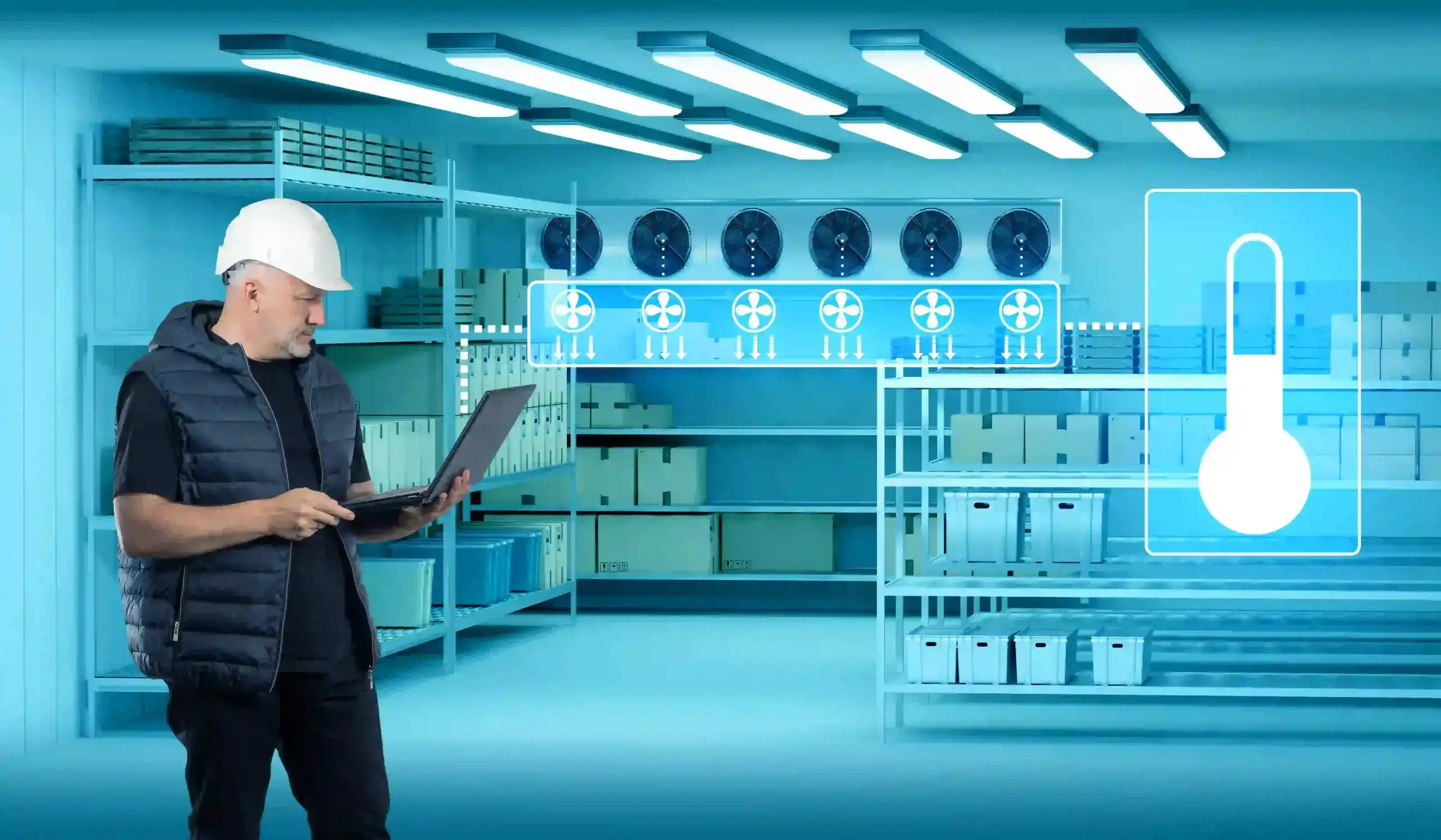
- Home
- Water & Air Cooled Systems – Made in Turkey for Cold Storage That Fights Back Against Heat
Walk-In Chiller Rooms & Freezers Made in Turkey
Water & Air Cooled Systems – Made in Turkey for Cold Storage That Fights Back Against Heat
Not every cold room is lucky enough to sit in a climate-controlled warehouse. Some? They work in factories with open doors, in desert kitchens with no shade, or on rooftops where the summer sun feels personal. That’s where water and air-cooled systems come in — and stay in control.
We build these systems in Turkey, not just because we can, but because we’ve seen what bad cooling does. Melted cheese. Spoiled vaccines. Beverage stock that never hits the right chill. Our hybrid units — water-cooled, air-cooled, or both — step in where basic just won’t do.
1-Year Factory Warranty
Service in 90+ countries
Spare parts in Turkey, UAE
🌬️ Why Choose Hybrid Cooling?
- 🌀 Beat the Heat, Twice:When air alone can’t cope and water’s a rare luxury, having both systems gives you options. You switch, you adapt, and your cold room keeps running.
- 💧 Efficient Cooling Under Fire:Water-cooled units help when ventilation is poor or external temps are extreme. Air-cooled setups? Perfect for fast installations and open space zones.
- ⚙️ Load-Adaptive Logic:Our systems adjust cooling power to your actual usage. So when business slows, your compressor doesn’t overwork. Smart, right?
- 🔇 Quieter Operation:Water-cooled units hum softer — ideal for hotels, clinics, or urban kitchens where every decibel counts.
- 🌍 Global Energy Compatibility:Power grid shaky? Generator noisy? Solar on the roof? We’ll design the right system mix for your setup.

🇹🇷 Made in Turkey. Proven in Tough Places.
From beverage warehouses in Kenya to dairy farms in Iraq, our hybrid cooling systems have been field-tested in all the wrong conditions — and they still get it right.
We use compressors from Bitzer, Tecumseh, and Daikin. All units are CE-certified, food-safe, and built to perform at ambient temps up to 50°C. We don’t guess what’ll work — we’ve already seen it work.
And yeah, we speak export. Proper docs. Real support. And teams that follow up even after delivery.
🏭 Who Needs These Systems Most?
- 🥩 Meat processors storing bulk under volatile temps
- 🧴 Pharma companies running tight thermal margins
- 🧊 Hotel kitchens where uptime isn’t negotiable
- 🥤 Bottling plants hitting peak production midday
- 🧁 Bakeries where frost matters more than frosting
❓ FAQ – Water & Air Cooled Systems
What’s the main difference between water- and air-cooled units in daily operation?
Air-cooled units reject heat to the outside air and are simpler to install. Water-cooled ones use a closed-loop water system, making them more efficient in extreme heat or poorly ventilated areas.
Do hybrid systems actually switch automatically between air and water cooling?
Yes. Modern controls allow auto-switching depending on outside conditions, load levels, or even time of day — no manual guesswork required.
Is water consumption high for water-cooled refrigeration?
Not with closed-loop setups. They recycle the same water with minimal loss. It’s efficient and works well even in water-scarce regions.
Can these systems run with renewable power sources?
Definitely. Many clients pair them with solar or hybrid generators. The adaptive load logic reduces strain, making renewables more effective.
What industries benefit most from hybrid setups?
High-load environments with fluctuating conditions — like beverage bottling plants, hotel kitchens, or pharma warehouses — gain the most, because switching modes keeps their operations stable without downtime.
💬 Real Projects & Client Testimonials – What Our Partners Say
